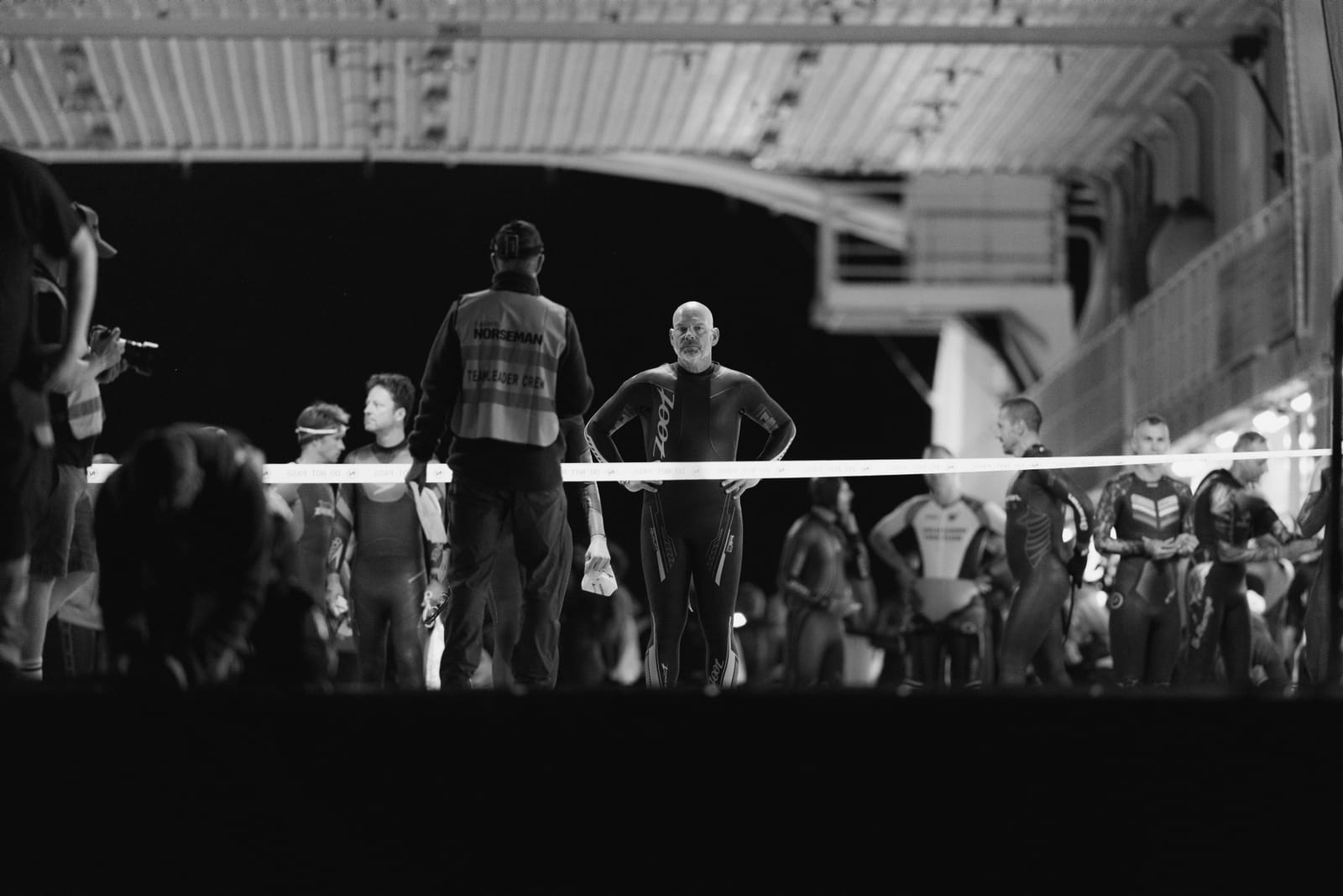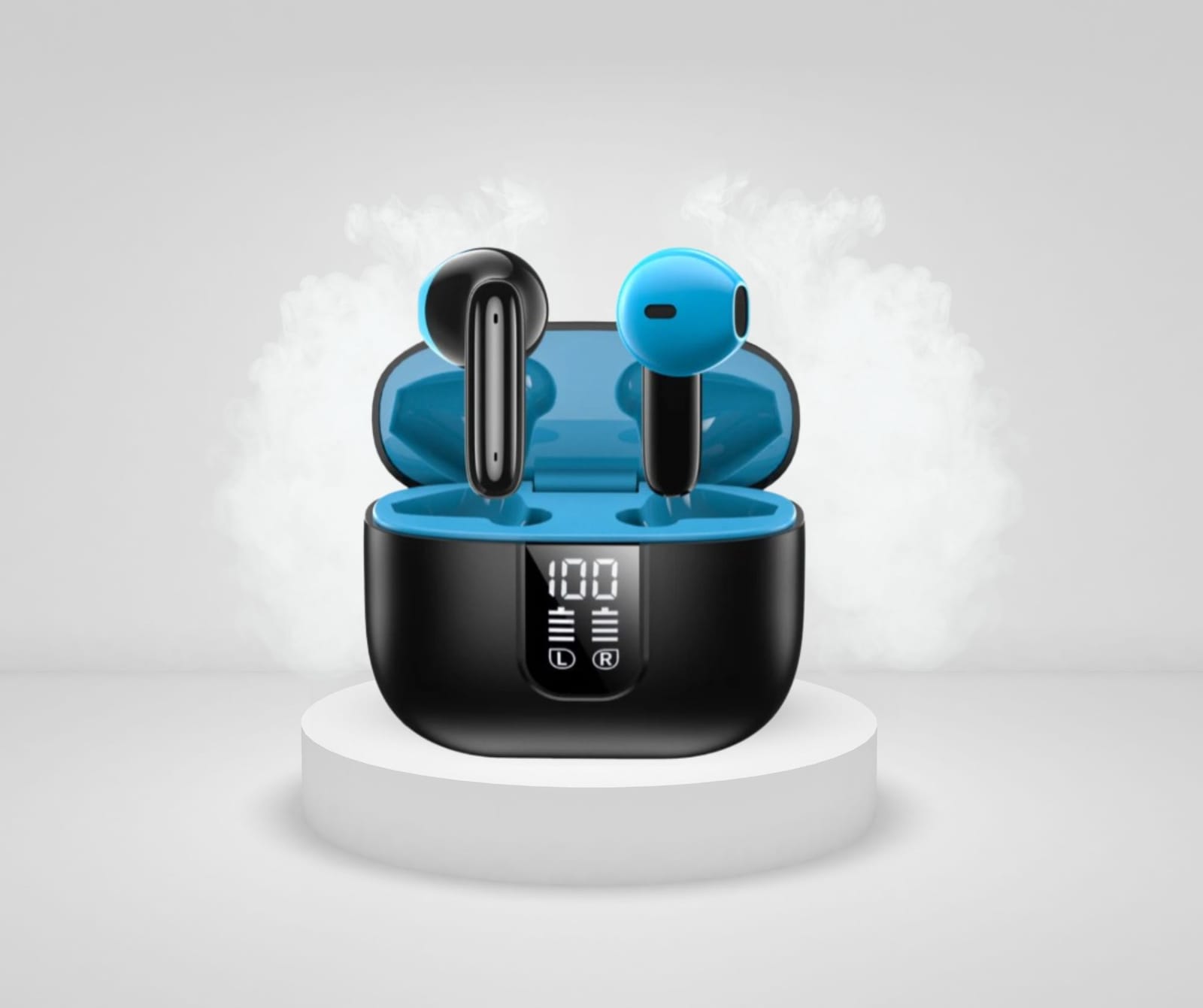Thank you once again to everyone for the discussion in response to yesterday’s post on Alberto Contador’s positive test for clenbuterol. As is often the case, your discussion has raised the standard of the original article. I apologize for not replying to all of them, but I’ve certainly read them all and would encourage you to browse through them too, there are some great insights there.
In the spirit of providing the latest links and thoughts, here are some articles that have appeared over the last 24 hours, and which will be of interest:
The transfusion theory gains momentum
The transfusion theory, which says that Contador used clenbuterol NOT during the Tour but many weeks/months before, and then removed blood to re-infuse later, has been gaining momentum. A few high-profile experts have suggested, including Rasmus Damsgard, in this article.
His words: “If the data is correct then it’s most likely that it is a Landis. And here, he is referring to the case of Floyd Landis, who tested positive for testosterone and was stripped of his 2006 Tour title. If this were the case, it would partly help to explain why the level is so low – because of dilution, the re-infusion of a very small blood volume/mass containing clenbuterol would produce a very low total clenbuterol intake. Secondly, it points towards blood doping, the re-infusion of blood.
Cue this allegation, by the German media, that Contador’s blood also showed traces of what are called plasticizers, which are found in blood bags and would be present in the blood as a result of an infusion. The point raised by many of you yesterday is that if an autologous blood transfusion was to blame for the clenbuterol, then there would be other evidence of it – the biological passport data would point to it, if not prove it outright. Well, the argument put forward by the German media is that the urine test suggests the same thing. At this stage, nothing has come of those allegations (presumably, the UCI has this information).
Nor may they – if the article is to be believed, the UCI have been trying hard to stall and prevent the story from coming out. It would appear that the statements they made were forced by the persistence of the media in getting to the truth. I’ve written many times here that the doping problem is ignored by the sports’ governing bodies (not just for cycling, all sports) because it’s clearly not in their best interests to announce that their champions may be doping (sponsors and media generally don’t approve). It may be that yet again, the UCI has managed this one poorly. This is another branch to this story.
The flaw in the transfusion theory?
Getting back to the original story, some have argued that transfusion theory is unlikely because the half-life of clenbuterol is so short (1 day) that a cyclist would have to remove the blood within a day or two of having taken the drug in order for it to be present in the sample at a later stage when that blood is re-infused. The problem with this theory is that the concentration detected was so small that it’s quite possible that the blood removal happened a few days after taking the drug, leaving only very small amounts in the blood, but that when it was re-infused, there was just enough to produce the positive test. Don’t forget, the lab that tested the sample may be one of the only labs in the world that could pick up this amount! So if a blood transfusion was done, it may have been thought to be safe because of the small ‘dosage’.






